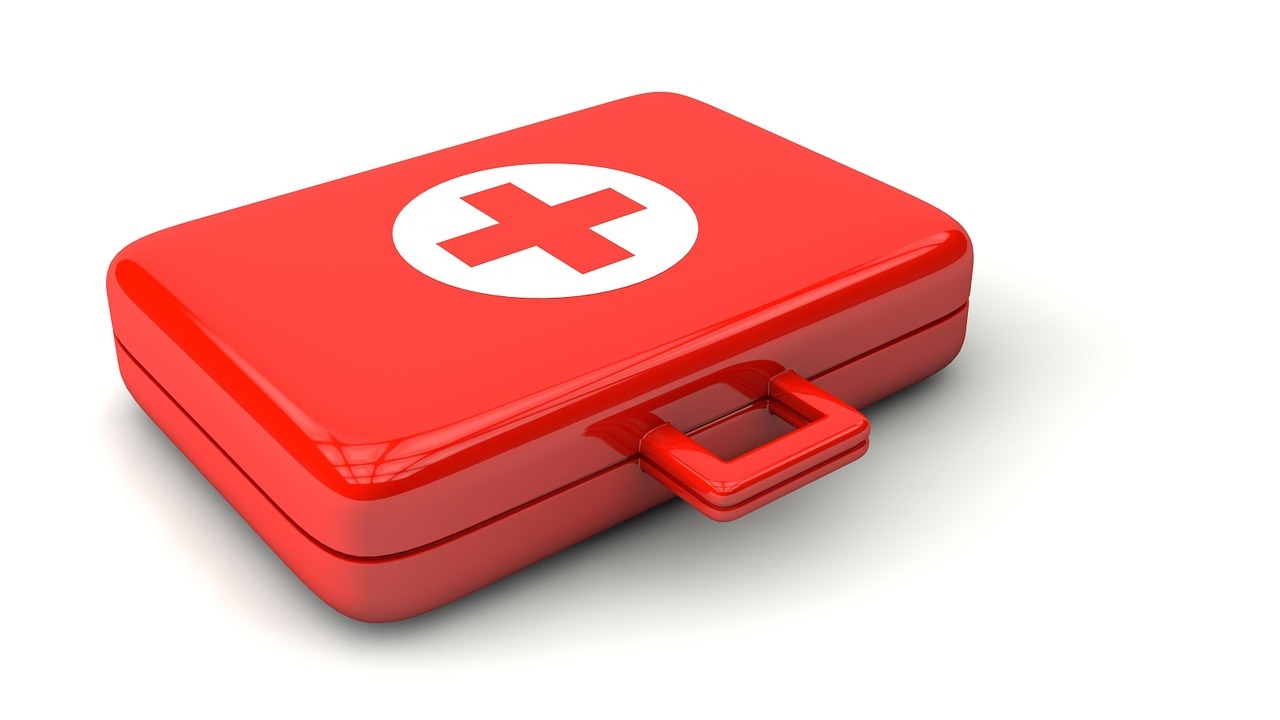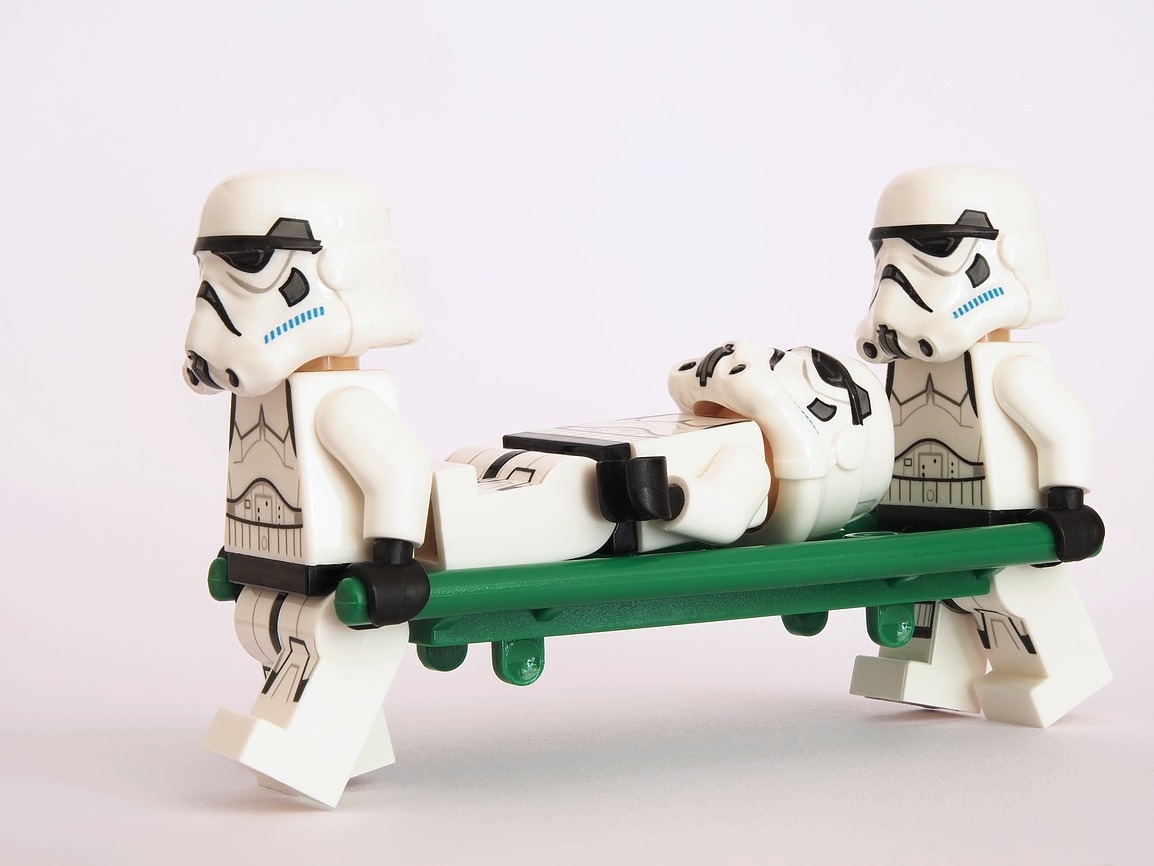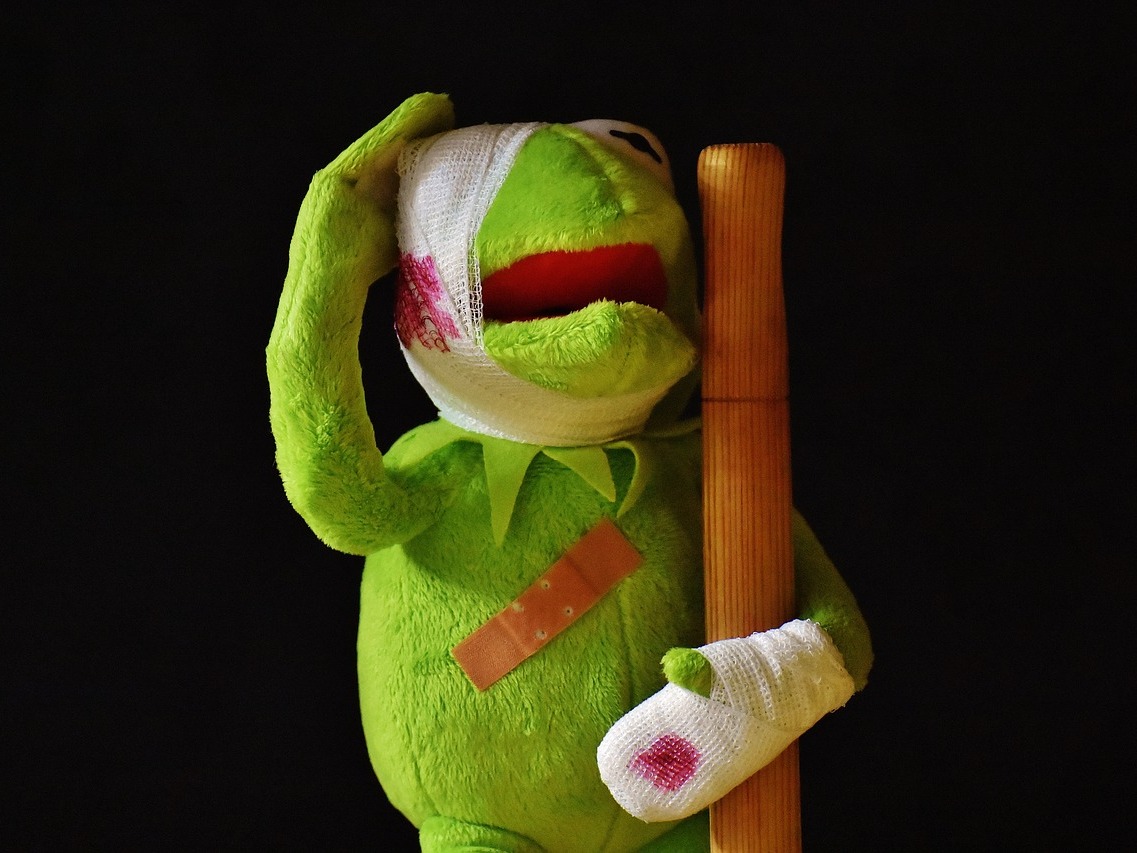Everyone ought to have a home first aid kit all set to go in case an emergency should occur. If you have little kids, being prepared with a current first aid kit ends up being much more important.
Keeping a first aid kit within simple reach will provide you with significant assurance. Here's a helpful checklist of the products that your first aid kit should, at a minimum, include:
1. An Antiseptic (such as Bactine®).
Cleaning scrapes or injuries is important for avoiding infection. If soap and water are not on hand, utilizing an antibacterial will assist you in flushing out debris and offer a mild pain relief. Antiseptics might be available in cream or spray form. Lots of them, such as Bactine®, offer pain relief.

2. Bandaids® and gauze pads.
Bandaids® help treat injuries of all sizes. Your best choice is to buy a big multi-pack that features a variety of sizes. For gauze pads, purchasing larger sizes works best, due to the fact that you can always cut them down to the size you need. Gauze pads work well for more major injuries.
3. Scissors.
Speaking of cutting, scissors are typically ignored in lots of first aid packages. Scissors come in helpful not simply for cutting gauze pads, but for cutting clothing, adhesive tape, and anything other products or obstructions that might present themselves in an emergency situation.
4. Ace Bandages® .
Ace Bandages® can be found in helpful in a range of scenarios, such as sprains and breakages.
5. Instant Cold and Hot Pack.
These packs are for one-time use just, so it's a good idea to stock up your first aid kit with them. They can be used on sprains, contusions, and bumps to decrease swelling.
6. Adhesive Tape.
Adhesive tape can be used to form splints, tape gauze, and protect any other bandages.
7. Tweezers.
Like scissors, tweezers are often ignored, however can frequently come in helpful. A good pair of tweezers are the perfect solution to removing stingers, ingrown hairs, splinters, and hang nails.

8. Latex Gloves.
Latex gloves are a valuable addition to any first aid kit. Latex gloves will supply a tidy and hygienic method to protect you against germs, blood, physical fluids, and other possible contaminants that you might come across in an emergency situation.
9. Analgesic.
An analgesic is a pain reliever. Include a small bottle of aspirin or ibuprofen to combat headaches, migraines, or discomfort due to injury.
10. Antibiotic Ointment.
A small tube of antibiotic ointment can go a long way. Antibiotic ointment can be used on scrapes, cuts, wounds, and other injuries to avoid infection.
11. Rubbing alcohol and disinfectant.
These are useful for cleaning up insect sting bites or for cleaning up injuries. Alcohol wipes are especially hassle-free to have in your first aid kit because they don't take up much space.
12. Antihistamine.
In the case that someone may experience serious allergic reactions, having some sort of antihistamine on hand is a great idea.

13. A list of emergency situation phone numbers.
Keep an index card with the numbers of your medical professional, the national poison center, and all other emergency situation contacts. Likewise, it's an excellent idea to make a note of the name of members of your household who have allergies, and any medication they take on a regular basis.
 Add Row
Add Row  Add
Add 




Write A Comment